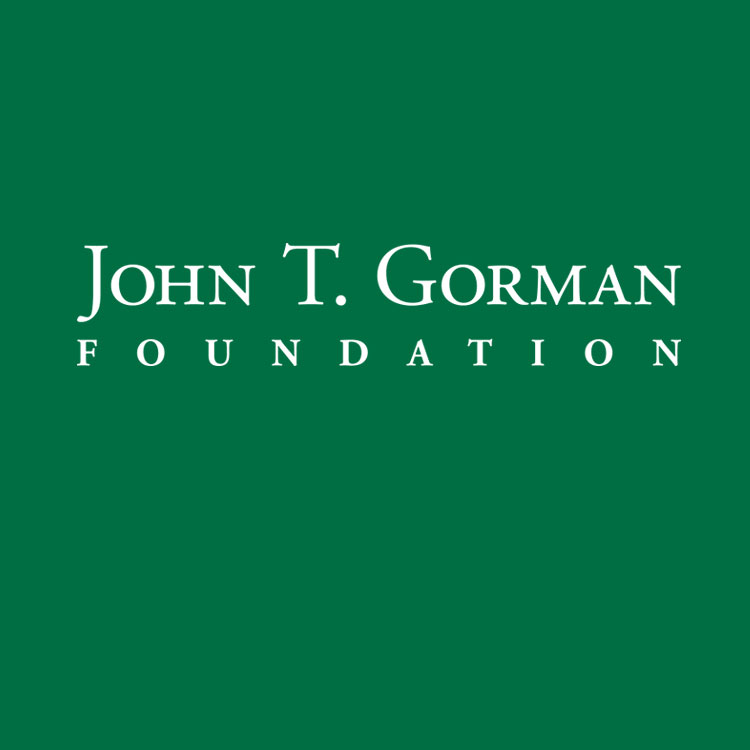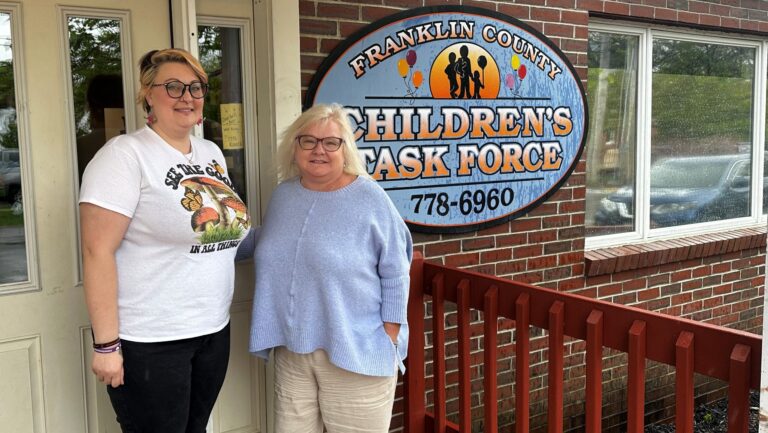Growing Our Tree Streets, a transformation plan for Lewiston’s Tree Streets neighborhood, reaches an important milestone
On September 17, the Lewiston City Council voted unanimously to adopt Growing Our Tree Streets, a HUD Choice Neighborhood transformation plan centered on Lewiston’s Tree Streets neighborhood. Rules against cheering couldn’t keep the packed chambers from erupting in applause.
The vote comes a year and a half after Lewiston became the smallest city in the country to receive a $1.3 million HUD Choice Neighborhood Planning Grant—time that has been spent gathering data and feedback on the area’s biggest challenges, working with community members to hear their vision for the future, and developing strategies to make it come true.
The result of this process is a comprehensive plan not only to replace dangerous, lead-filled housing, but to make the neighborhood a place where all can thrive. The initiative has been led by the City of Lewiston, Community Concepts, and Healthy Neighborhoods, supported with assistance from the John T. Gorman Foundation, backed by dozens of community partners, and informed by hundreds of community members.
Here’s a look at the plan, how it came together, and the next steps needed to put it into action.
Interconnected Challenges in the Tree Streets
Named for streets like Ash and Pine, the Tree Streets neighborhood is a 30-block area of Lewiston’s downtown. Home to one of Maine’s most diverse populations, its residents come from over 30 nations—with a large number from East and Central Africa. The neighborhood also has the highest density of young children in the entire state.
Residents believe strongly in the area’s potential, but know its challenges well. Lack of investment over decades have left the neighborhood with few economic opportunities for residents and weakened infrastructure, including limited access to quality childcare. Over half of families there live in poverty. And, due to century-old housing, it has the highest rates of lead poisoning in the state—causing developmental issues and learning challenges for many of the children who live there.
As part of its place-based funding strategy, the John T. Gorman Foundation has worked with community partners in Lewiston over the last several years to address some of these issues. It has invested in literacy programs in schools, efforts to prevent lead exposure through community awareness and building remediation, a partnership to offer legal assistance to families dealing with lead poisoning, workforce initiatives to train unemployed and underemployed residents for in-demand jobs, and local organizations working with youth who are homeless, involved in the juvenile justice system, or at-risk in other ways.
All these issues—and partners—came together to look at the community’s interconnected challenges and collaborate to address them, eventually culminating in the transformation plan.
Plan Addresses Housing and More
The federal HUD Choice Neighborhood program has three main goals—1) replacing distressed public and assisted housing, 2) improving employment, health, income, and education outcomes of households in the target area, and 3) creating conditions for public and private re-investment.
Increasing the supply of lead-free housing—while keeping it accessible and tailored to current neighborhood residents—is a core part of the Growing Tree Streets plan. In particular, it cites the need to replace the 41-unit Maple Knoll Apartment complex and other distressed subsidized housing with safer options for those who currently live there.
Two areas of the neighborhood have been identified as sites to build a range of replacement housing serving both individuals and families. Adjacent to Kennedy Park is a proposed 66-unit mixed-use development. Additionally, 64 units spread out over a section of the neighborhood between Pine, Bartlett, and Walnut Streets would include a medium-scale multi-family structure and a series of paired duplexes in a section. Only after residents have moved into their new homes would the Maple Knoll site be redeveloped to create 13 townhouse units for homeownership opportunities. Importantly, community organizations will work with residents during the process to ease their housing transitions.
In addition to offering greater housing choices, the goals of these developments would be to attract outside investment in Lewiston, promote home ownership (currently, 96% of neighborhood residents are renters), implement greener building practices, and improve safety within the neighborhood.
But the plan is more comprehensive than housing alone. There are nine goals in all, including expanded pathways for economic well-being; supportive environments for children; improved education outcomes; strengthened trust and relations between the many different cultures that make up the neighborhood; and writing a new narrative to define the neighborhood.
Read the full report or executive summary here.
‘One Strategy Alone Isn’t Going to Change the Neighborhood’
“I’m very proud of the work that’s gone into this plan, and the thoughtful partners who’ve come together to really look at the challenges our most distressed neighborhood is facing and to think about how we can align the work we’re doing to start impacting some of those challenges,” said Misty Parker, Economic Development Manager for the City of Lewiston and 2019 John T. Gorman Fellow, at the Council meeting. One strategy alone isn’t going to change the neighborhood, but putting many together, there is a huge opportunity to help this neighborhood.”
During the public hearing, many community members took turns at the podium to voice support for the plan and the process that created it.
“This is the most transparent and participatory community development effort I’ve been a part of,” said resident Craig Saddlemire. “Hundreds of people had a part in making this plan, in numerous languages, in numerous venues.”
Maggie, a mother of three, said she thought the plan would benefit Lewiston as a whole, not just the Tree Streets. “I think a vote in favor of this plan demonstrates a belief in ourselves and a willingness to invest in our community,” she said.
“I know a lot of young immigrants who are suffering because of unsafe homes where there is lead contamination,” said Sofia, who grew up in the neighborhood. “The parents can’t advocate for their kids because of language barriers and other challenges. So I’m really happy our community has stepped up.”
Shanna Cox, a mother of three and neighborhood leader who helped develop the plan, said the proposal offers new choices to people who feel like they have none currently—like the residents who want to stay in the neighborhood but have no safe housing available, or the young people who want a bright future where they’ve grown up.
“Tonight, you get to vote on a vision and hope,” Cox told the Council. “Hope that can bring other people here to live. Hope that can keep our people here. Hope that can make my children graduate and come home to this economy.”
The mayor and several Council Members voiced their own support before voting unanimously to adopt the plan.
With passage, partners can now apply for HUD funds to implement the plan, though partners have committed to moving plan elements forward regardless of the application’s success. Years of hard work still lie ahead, but the successful development of this plan seems like a milestone worth applauding—even if it does break a decorum rule or two.


